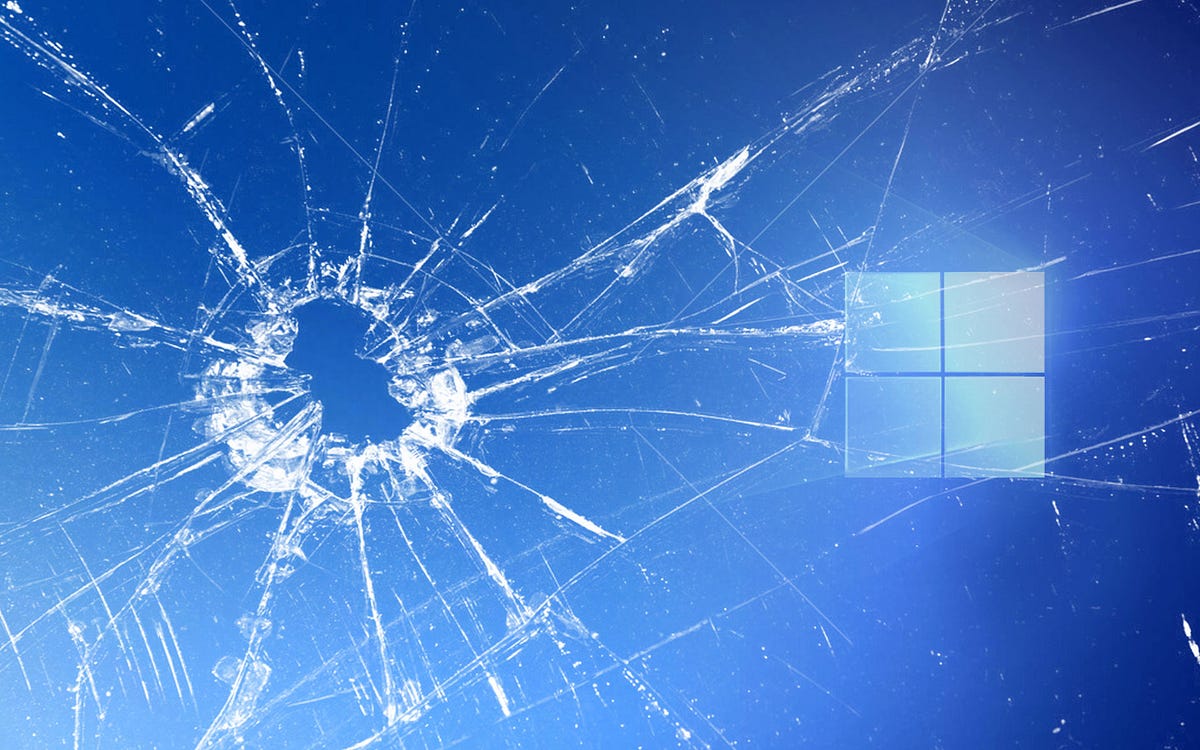Hey, Microsoft, Your Windows 11 Desperation Is Showing
The incessant pressure to upgrade brings back bitter Windows 10 memories - and what is up with Edge?
KOSTAS FARKONAS
PublishED: November 18, 2021

Whether it really was Albert Einstein or someone else who originally stated that “Insanity is doing the same thing over and over again expecting different results”, it makes no difference in the case of Microsoft. The Redmond giant’s executives may not be insane, but they surely are spectacularly tone-deaf and unremorseful when it comes to employing the same universally rejected, user-hostile practices time and again in order to further the company’s own interests.
This is the only way anyone can comment on Microsoft’s choices regarding Windows 11 and Edge as of late. It is bad. It is also going to get worse unless US and European regulators decide to step in, soon.
Windows 11 “advertising” in Windows 10 style? Really?
Most people who went through the Windows 10 upgrade situation in 2015–2016 may have thought that Microsoft had gone under enough fire back then for their harassing, predatory practices of “promoting” that operating system to Windows 7 and Windows 8 users. The company had tried practically every trick in the book, from displaying literal ads on the desktops of users without their consent to inserting the Windows 10 upgrade to Windows Update pre-selected for installation to using Dark UX patterns for tricking users into upgrading without realizing it to outright force-installing Windows 10 unless users followed specific steps to avoid it. Yes, Albert, that really was insane.
Well, it seems that the people who made those decisions back then either still call the shots on Windows 11 or — even worse — have “inspired” their successors to make the same choices. Since the second week of October, every user of Windows 10 gets a message in the Windows Update area of their OS “informing” him/her about Windows 11. If their PC meets the strict hardware requirements that Microsoft has set, it looks like this.

If that particular PC does not meet those hardware requirements and the Windows 11 upgrade, users still get a message that looks like this. Yes, red “x” and everything, as if something is wrong with this PC and needs your attention. Something to be fixed.

So the question — beyond the obvious “Does any of you Redmond clowns remember me ever asking you whether my Windows 10 PC meets the system requirements for Windows 11 or if I care?” — is this: what exactly does this accomplish? Am I supposed to feel guilt or shame that my PC is not Windows 11-upgradable? Am I supposed to ditch this old PC, run out and buy a new Windows 11-based one so I don’t feel left out? What, exactly? It is the kind of redundant, pointless information that serves no purpose other than “advertising” Windows 11 to Windows 10 users in the worst possible way, annoying them in the process.
The PC Health Check stunt
A few days after that message started appearing — please note that until then there was a simple, optional “Get PC Health Check” link in it — more users started posting screenshots of the PC Health Check app appearing on their Windows 10 computers… all on its own. Yes, that is correct: Microsoft, without asking for consent at any given point, started force-installing the KB5005463 update which stealthily downloads and installs the PC Health Check app. Just like that. There are several terms for the software that gets installed on our computers without our asking or knowing and none of them is exactly flattering. The fact that this particular software comes from Microsoft does not change the immoral nature of this practice one bit.

So what does the PC Health Check app do if run? Nothing useful, really. It just checks (again) whether a PC meets the Windows 11 requirements, offering a few more details as to why if it doesn’t. It also displays some pretty basic system information that’s found in a number of different places in the Windows 10 interface anyway. Oh, wait, it does one interesting little thing: it somehow turns OneDrive back on, even if it was deliberately turned off and user-prevented from starting automatically with Windows in the first place. Why thank you Microsoft for looking out for me and my data. You are so kind.
The inflicting of Edge on everyone
Adding insult to injury comes confirmation that Microsoft has no intention whatsoever to make life for people not wanting to use Edge, the company’s Web browser, easy in Windows 11. Even back in its beta-testing days, prior to October, it was apparent that the Redmond giant meant to make switching the default system Web browser to something other than Edge unnecessarily, infuriatingly difficult. Sure enough, when Windows 11 was released consumers found out that they had to go through the process of changing every single Web filetype to another browser in order to not use Edge. A few utilities like EdgeDeflector made this easier and some browsers themselves, such as Firefox or Brave, implemented their own workarounds in order to be used as default browsers if user-selected.

Well, in the latest Windows 11 beta Microsoft forcibly reinstates Edge as the default system browser and blocks those workarounds from working. When asked, representatives of the company claimed that “Windows offers certain end-to-end customer experiences in both Windows 10/Windows 11 and the search experience from the taskbar is one such example of an end-to-end experience that is not designed to be redirected. When we become aware of improper redirection, we issue a fix”.
So… now you know: whenever you click on a link in an e-mail, or a story in the News widget, or just do a general search through the Taskbar in Windows 11, you are supposed to only use Edge. Got it, chum?
Microsoft, what are you doing?
All of this is not just frustrating for consumers and embarrassing for Microsoft: it reeks of desperation and the will of the company to disrespect any consumer choice in order to help its products gain traction. Its executives know that Windows 11 is not an operating system that will become popular on its own merits. They know that it’s a marketing tool more than anything else, not a true step forward for the Windows ecosystem. They also know that — just 40 days in — Windows 11 is already a failure: it does not bring enough to the table and it is not yet recommended as an upgrade from Windows 10 by most media outlets. They even know that Edge may be a good browser, but it’s not exceptional at anything and certainly not good enough to convince long-time users of other browsers to make a switch.

So what does Microsoft do? It reverts back to its old anti-competitive, consumer-hostile tactics, hoping that… what? That consumers will not object? That media will not criticize? That people will just shrug at these practices and do the company’s bidding, using Edge and upgrading their computers or even buying new ones just to use a new version of Windows? If that is the case, then Microsoft’s executives are delusional. There is no way that any of this is happening. What should be happening right now is meetings in the offices of US and European regulators on how to force Microsoft into not bullying consumers to adopt its products and into respecting their choices in such important everyday tools as the default system browser. Redmond, this is 2021. We’ve come a long way. Know your place.




















